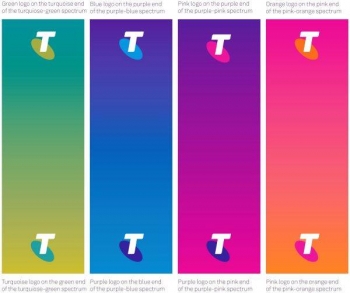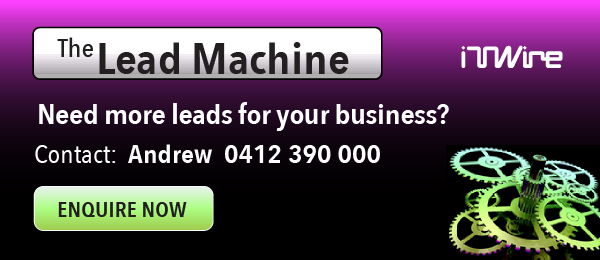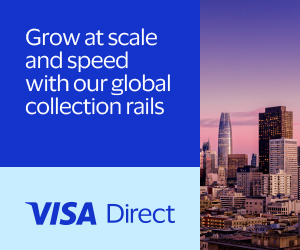The latest rankings from valuation and strategy consultancy, Brand Finance’s Global 500 research, show Telstra’s brand value slipped about 2% to US$14.3 billion ($A18.8 billion) for 2017, but it still retained top spot, while the Commonwealth Bank and the ANZ Bank swapped places as second and third in brand value behind the big telco.
Telstra was ranked 125th globally.
The CBA overtook ANZ to secure second place with a brand value this year of US$8.207 billion (A$10.84 billion), and rival ANZ bank dropped to third position with a brand value this year of US$8.124 billion (A$10.73 billion).
Globally, Google has leapt ahead of Apple as the world’s most valuable brand while Lego has replaced Disney as the most powerful brand in the world.
|
|
The newly released research shows Google’s brand value rose by 24% from US$88.2 billion in 2016 to US$109.5 billion this year. In contrast, Apple’s brand value declined from US$145.9 billion in 2016 to US$107.1 billion for 2017.
Brand Finance says Google last held the title of world’s most valuable brand in 2011, with the company remaining “largely unchallenged” in its core search business, the mainstay of its advertising income.
The annual rankings from Brand Finance rank brands by monetary value and calculate the most “powerful” brands, as defined by the companies whose enterprise value is most positively impacted by the strength of their brand.
And, to determine a brand’s value, Brand Finance evaluates factors such as marketing investment, familiarity, loyalty, staff satisfaction and corporate reputation to determine the ‘strength’ or ‘power’ of a brand – while brand power determines the proportion of overall business revenue that is contributed by a brand.
David Haigh, chief executive of Brand Finance, said: “Apple has struggled to maintain its technological advantage. New iterations of the iPhone have delivered diminishing returns and there are signs that the company has reached saturation point for its brand.
“The Chinese market, where Apple has enjoyed a dominant market share, is becoming far more competitive, with local players entering the market in a meaningful way. Samsung has also been successful in taking market share and financial analysts are projecting declining revenues and margins.”
On the brand power rankings, Lego (196) has regained its status as the world’s most powerful brand, with a brand strength score of 92.7.
Haigh says Lego owes much of its success to its media licensing deals and partnerships which have driven growth and introduced the likes of Lego Star Wars, Lego Harry Potter and Lego Batman.
And, Brand Finance reveals that Google (1), Nike (28), Ferrari (258) and Visa (57) complete the top five most powerful brands in the world, with Visa seeing an 8% point gain in brand strength – the most of any company in the top 10.
“A powerful brand can protect a company’s value during turbulent market conditions or challenging times for a business. The share price resilience of Samsung and Wells Fargo, after a difficult year, is testimony to how a brand can help a company ride out a storm,” Haigh says.
“This is why a brand is such an important intangible asset and should be valued as such. Particularly during M&A scenarios, the fact that brand values are not factored into company accounts can mitigate against fair value being paid.
“Sellers ought to recognise the full worth of their brand, whilst buyers ought to factor in how far the asset of a brand can be stretched and monetised.”





































